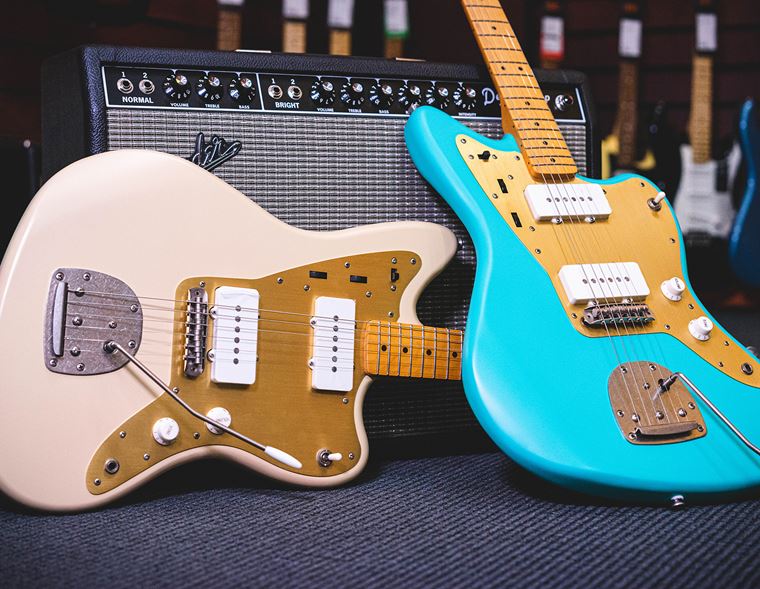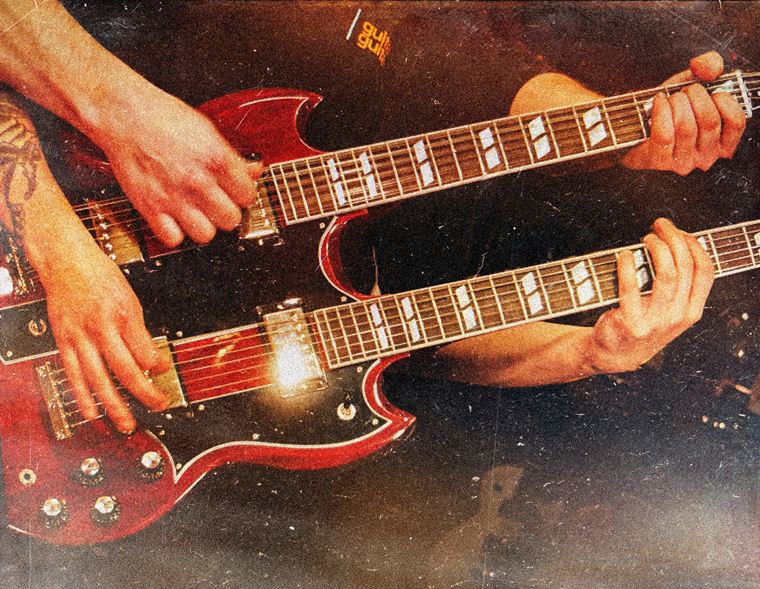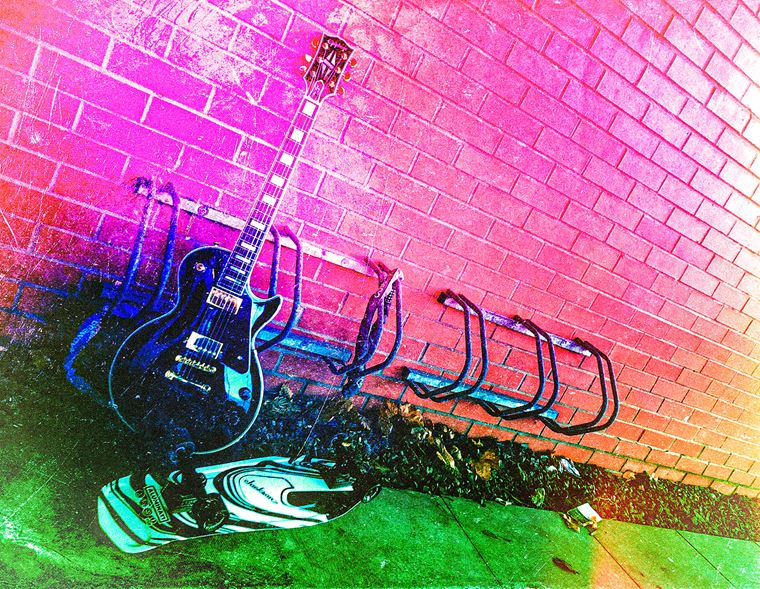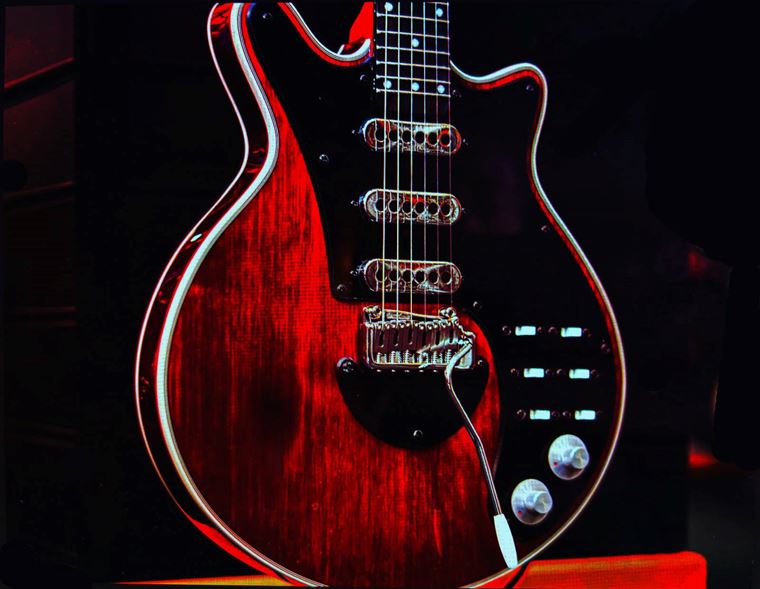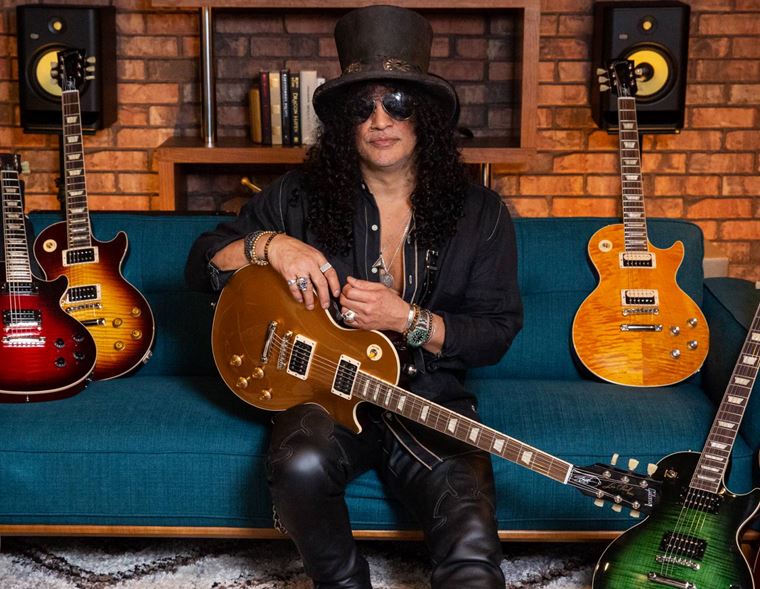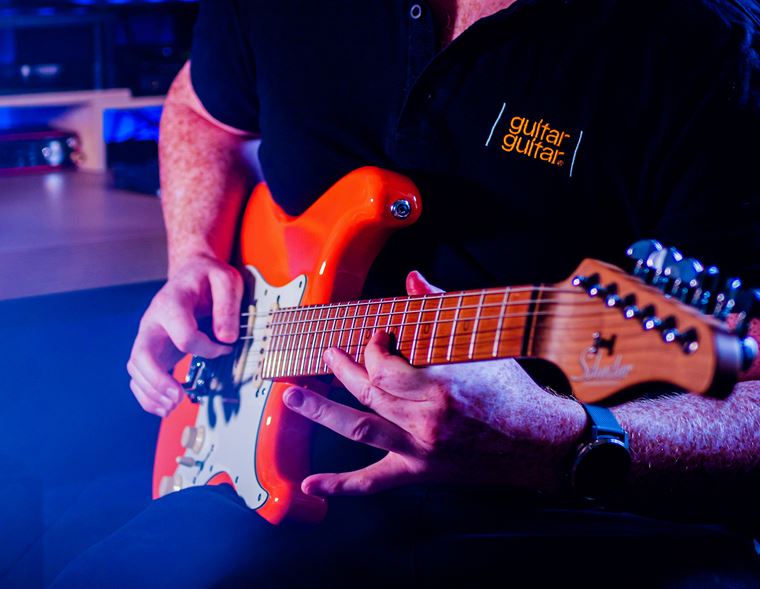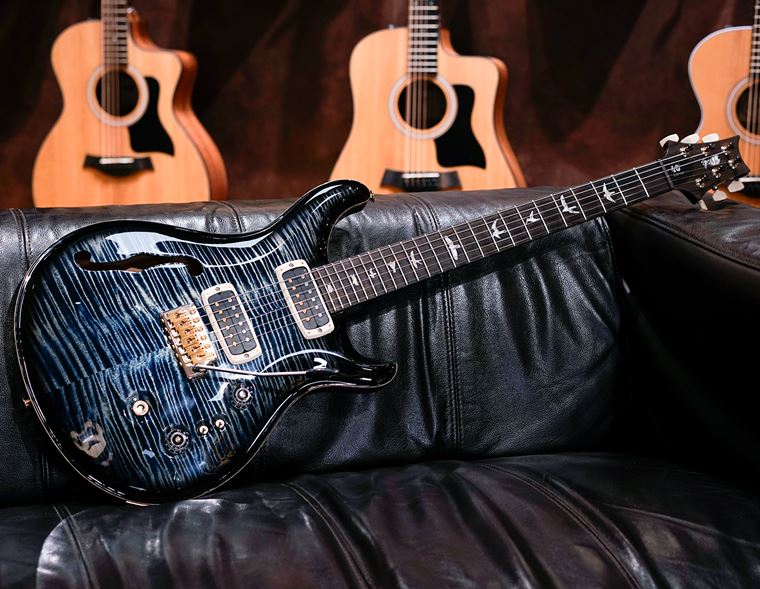PRS S2: The Full Story (Updated for March 2025)
Published on 04 March 2025
PRS guitars are world renowned for their high end build quality, their opulent beauty and their successful hybridisation of Gibson and Fender design traits. PRS are one of the very few companies out there with a successful original guitar design, and one of the very, VERY few who compete with the ‘big two’ in terms of popularity.
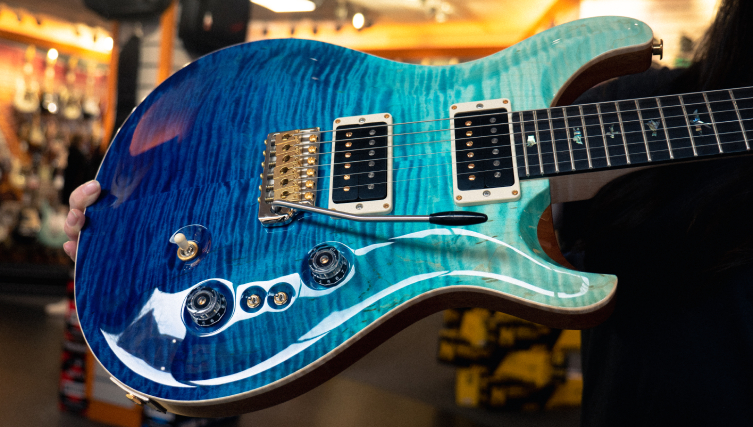
Also, and let’s speak frankly: their US-made guitars are also famous for their top-end prices. PRS practically invented the concept of the ‘boutique guitar’ in the mid-80s, and so for many, are a luxury item. They were never originally an ‘affordable’ proposition, but indeed an aspirational one: they sat at the top of the guitar mountain, a prize for those successful or well-heeled enough to pay for the quality. Given that their build and components are second to none, they more than justify their expense, but it means that lots of players can only admire from afar…
So it was at the company’s inception back in 1985, at least. 40 years on though, PRS have expanded from market to market, bringing their quietly revolutionary instruments to an ever-wider circle of players. They are still very much a high-end, boutique brand, but now there’s far more to the story.
Contents
The PRS S2 Range - American Made
PRS SE - Student Edition
How have PRS managed this? Well, a big part of the story is their SE range, and although that isn’t the focus of today’s article, it pays to have a little context before we move onto the S2 range. PRS’ ‘SE’ range are Korean made instruments that distil a good deal of the brand’s attitude and style into a significantly more affordable package. Though hardly comparable to the handmade Maryland PRS guitars (that’s not exactly fair), the SE range have inched ever closer to their American cousins over the years in terms of looks, feel and even sound. They are different guitars made for a different market, but the quality is most impressive, as are the specs.
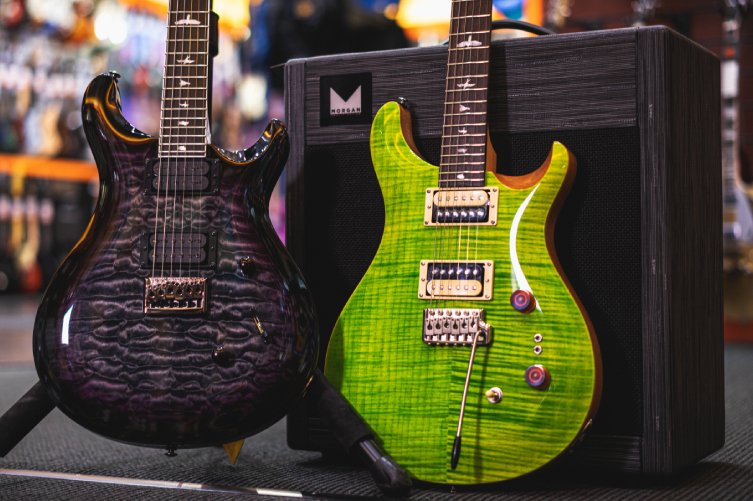
‘SE’ stands for ‘Student Edition’ and that might’ve been the idea back when PRS first issued these models, but the name doesn't really fit these days: SE models are the best part of a grand to buy, and are easily good enough to take to any venue or studio. Players of all abilities will appreciate them, and those who aren’t sufficiently flush to afford a Maryland-born Custom 24 or whatever will doubly love the SE range.
So, the PRS SE range opened the door to a great many guitarists looking for a taste of that PRS pie. But there is still a considerable jump from the cost of a Korean SE guitar to a ‘full fat’ Maryland-born PRS. This is where the S2 range fits in. So, what’s the story with them?
The PRS S2 Range - American Made
The idea behind the PRS S2 range is to offer a fully American-made guitar at a price that’s far less than the Core range, which is PRS’ term for the likes of the Custom 24. The S2 range gets its name from ‘Stevensville 2’, and refers to the fact that the guitars are made in a separate production line within the ‘proper’ PRS facility in Stevensville, Maryland.

Realising that there was demand for a US-made PRS guitar that didn’t necessarily require all of the top-end appointments and Artist Pack upgrades, Paul Reed Smith and his team went about seeing if it would be possible to produce a more affordable guitar that didn’t compromise on things like feel and sound. Thus, a more assembly line-style of production was introduced - a second line, hence S2 - to build the new range. PRS S2 guitars are therefore made in the same place as the Core line and CE (Classic Electric, the models with bolted-on necks) instruments. The heritage is there, and significantly, so are the same hands who put together the Core line.
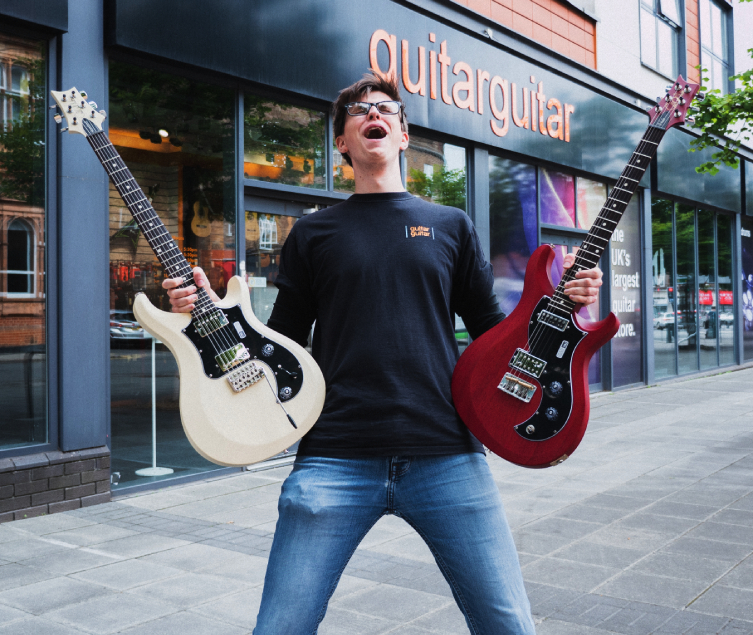
Stripped back for Action
So, how are PRS able to put out a range of guitars, made in America, that are quite significantly cheaper than their Core range?
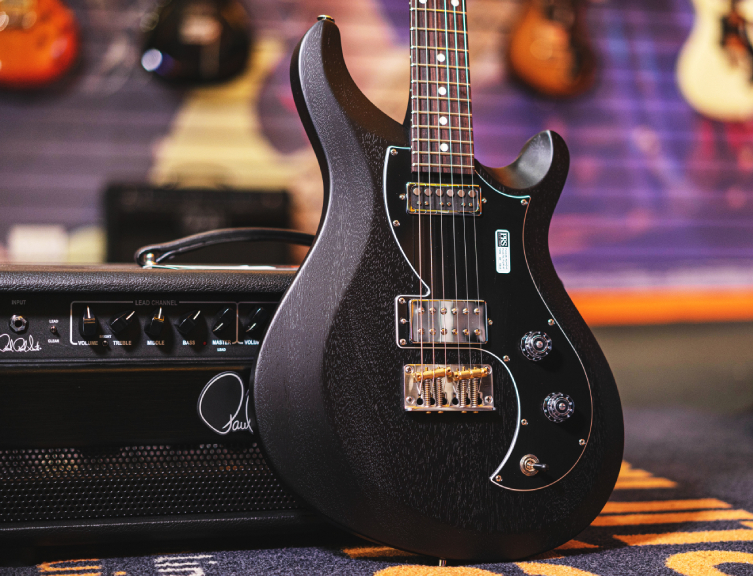
The answer is to keep production in the USA but streamline the production process, change elements of each design and also outsource the pickups, electronics and hardware to Korea. We’ll expand on all of this but the main take away here is that the timber and the build quality are American, and ‘PRS-American’ to boot. Given their reputation and pedigree, that’s a major plus.
Anyway, let’s look at the ways in which a typical PRS S2 guitar varies from a Core model:
- S2 bodies are slightly thinner and have flatter, contoured tops compared with the thicker Core bodies that have deeply carved maple tops. Both lines use mahogany, and the S2 range occasionally uses a thin veneer of figured maple, which is of a lesser level of figuring than a Core guitar’s top.
- S2 necks are made from mahogany, but where Core necks are one piece, S2 necks are made from several, with the headstocks and heels added as separate pieces of wood.
- As mentioned, the pickups are made in Korea, to the same design as their US counterparts. Mostly, you’ll see 85/15 S units being used: these are based on USA-made 85/15 PRS pickups, with the ‘S’ part of the title designating their offshore origin.
- S2 hardware and electronics are designed in the US and made in Korea.
- The finishes are simpler and more often opaque. Some Standard models use a satin, almost open-pore style of finish to speed up the process and keep the costs down.
- PRS gig bags are included with S2 guitars, as opposed to the hardshell cases that come with Core line instruments.
- Certain designs take advantage of large pickguards (see the S2 Standard 24, the Vela etc) which allows for less finishing etc, and is not really something you’ll find on the Core line.
So those are the differences, but what are the similarities?
- Made in Maryland, in the same premises as the Core line and other US guitars.
- The necks use the same profiles (Pattern Thin, Pattern Regular etc) as the Core line, and have the same 25” scale length and 10” fingerboard radius, so you’ll still enjoy that same excellent neck feel that PRS are famous for. Only the McCarty models deviate from this, but they also feel exceptional, so it’s not a problem!
- You still get the Bird inlays on the majority of models outside of the Standard line.
- The bodies, though slightly different (see above) are still set neck, mahogany, American made PRS.
- The workmanship is the same high level: these are made by the same people who build Core line Custom 24s!
Who is the PRS S2 Range For?
So, who is the S2 range for? Well, they do sit right in the middle of PRS’ other main lines, though it is worth noting that there can still be a gulf of over a thousand pounds’ difference between these lines! The lowest priced S2 models - the Standard range - are a few hundred pounds more expensive than the most costly SE model, so do make sure you compare both when whittling down the shortlist.
PRS guitars are well known for their versatility and their connection to harder rock styles. We’d expect lots of contemporary rock players to be interested in the S2 range, particularly the singlecut styles such as the McCarty 594 models.
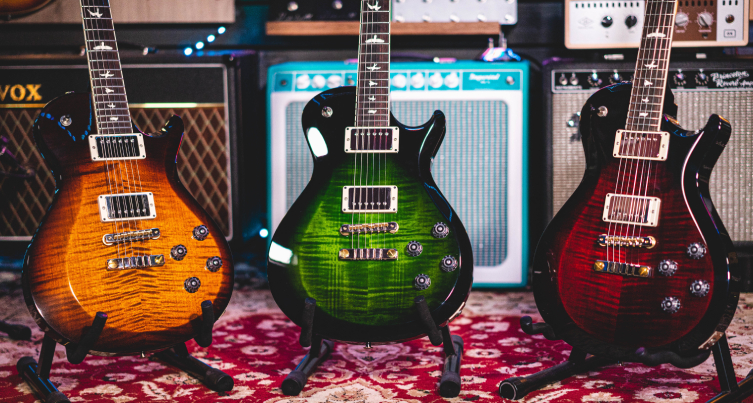
One clear area of the guitar-buying populus that this range appeals to is the growing number of players who are quite switched on to the quality, feel and sound of a USA-made PRS guitar, but who actually don’t like the opulence of the AAA flame tops and intricate Bird inlays. Some players actually prefer a more utilitarian instrument, but still want that inimitable PRS playing experience. For these players, there are some perfect S2 models, and they’ll see those cost-cutting decorative measures as bonuses. More power to them!
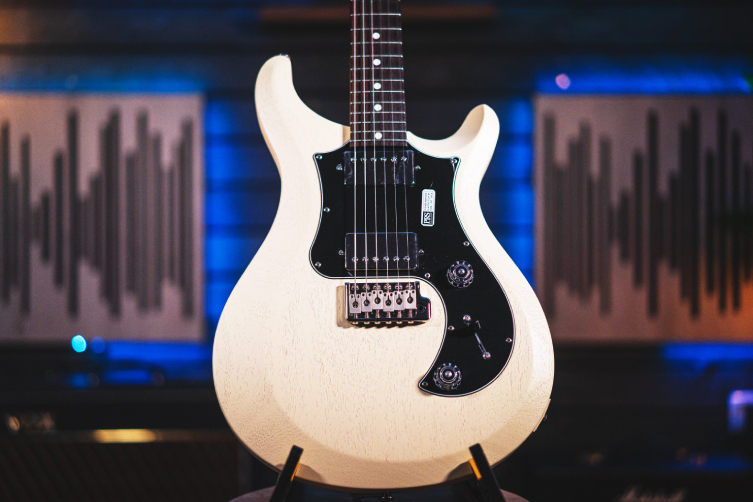
The most popular customer, of course, will be the gigging pro who wants an American guitar to gig and tour with. The PRS S2 guitars bring a large amount of value to proceedings, even if it’s hardly accurate to call them cheap or even ‘affordable’ guitars: they are pro level instruments that have been made to hit a certain price, and that makes them attractive to professional players who either can’t take premium guitars on the road, or simply don’t want to. This range will put the sound, the feel and the quality in their hands for a much more approachable price, and that’s a bit of a triumph, we think!
Click to View our PRS S2 Guitars




